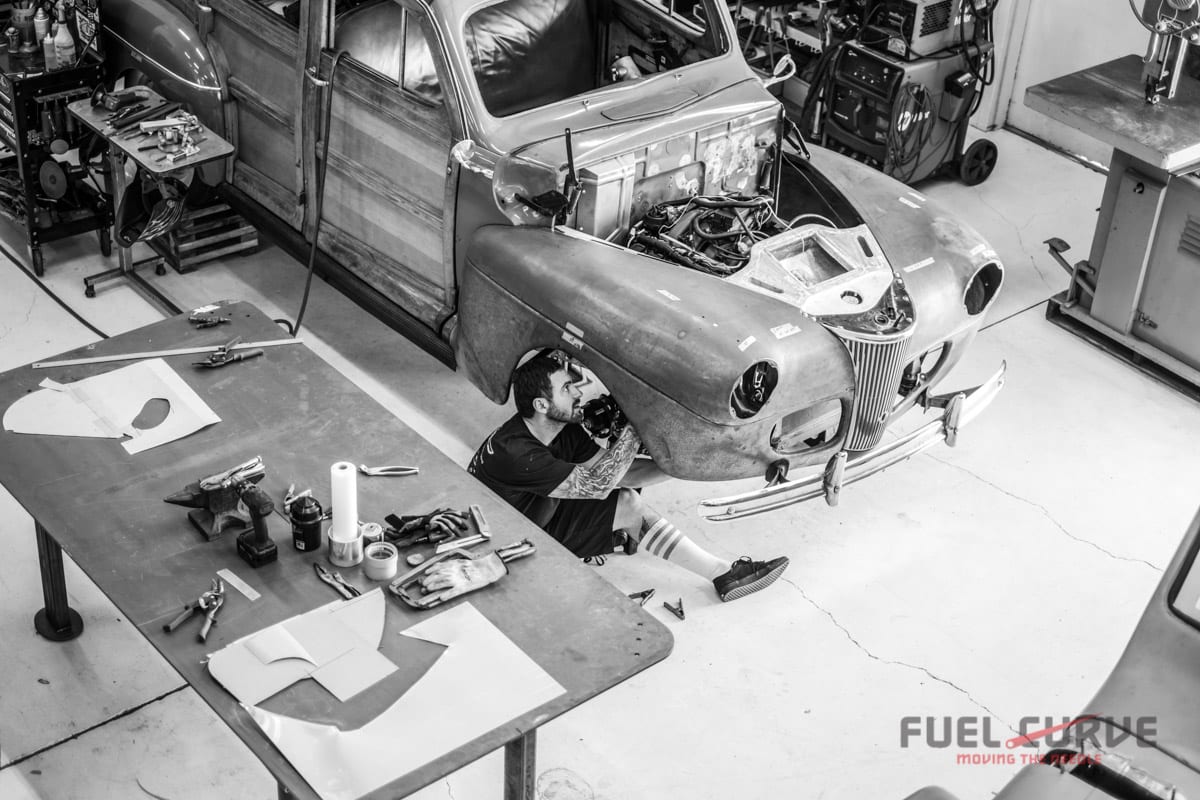SaltWorks Fab: Engineering top-quality rides
Thom Ophof operates SaltWorks Fab with the same planning that he developed during his years as a mechanical engineer to turn out top-quality rides.

Consider one of the Sarasota, FL, shop’s Instagram hashtags: #wedontstorecars. Thom schedules work and his staff’s time so that when a customer’s vehicle in the shop, it’s worked on continuously until it is finished. Nothing gathers dust sitting in the corner. That commitment to organization keeps the shop humming.

Thom’s journey is testament to his learning from every experience, both the right and wrong way to do things. After playing with mini-trucks in Upstate New York, Thom met Dave Tucci of Tucci Hot Rods and the rest, as they say, is history. “He got me into the hot rod world and taught me everything,” Thom says. “I owe getting started to him.” After a brief stint working at Tucci’s, Thom moved to Indiana with the long-term goal of opening his own shop.
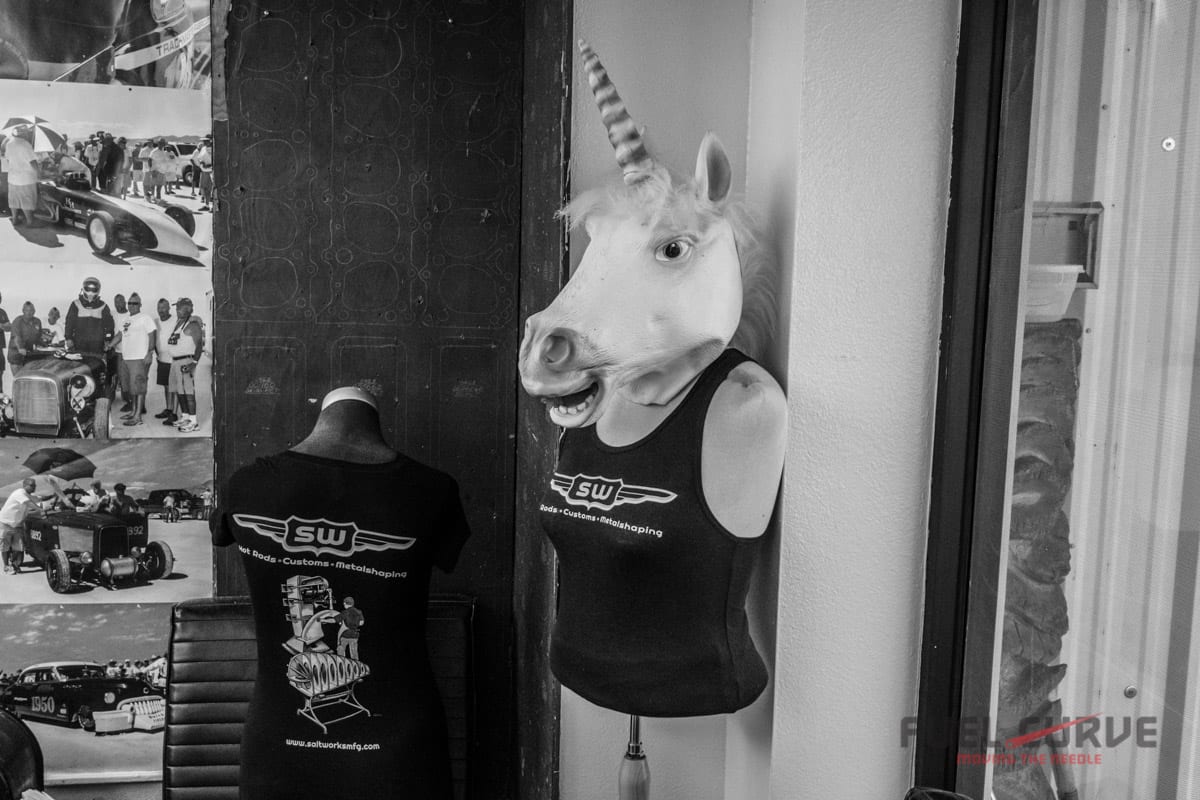
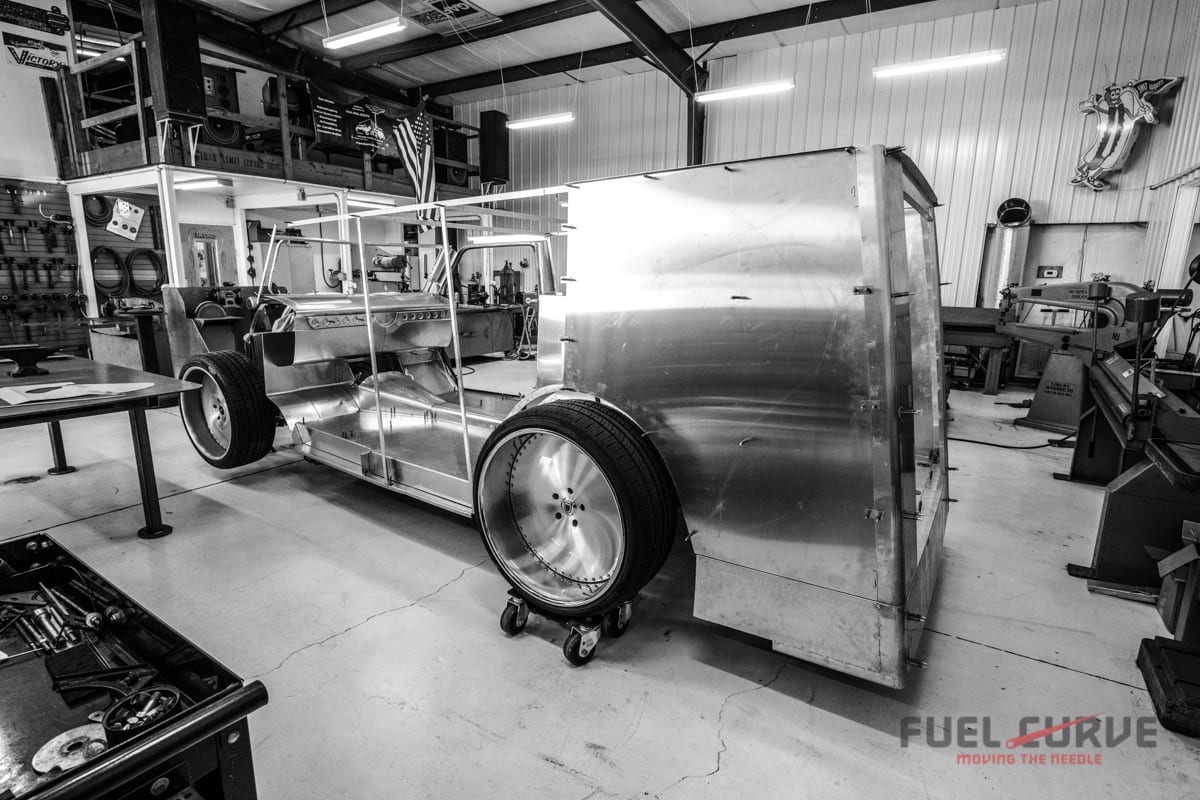
“I worked at other shops to learn how to do things and how not to do things,” Thom says. He worked for Steve Moal in California for a while then returned to Indiana to open is own shop. After a few years there, Thom picked up and moved to Florida about four years ago. “I decided I didn’t want to shovel snow any longer,” he says.
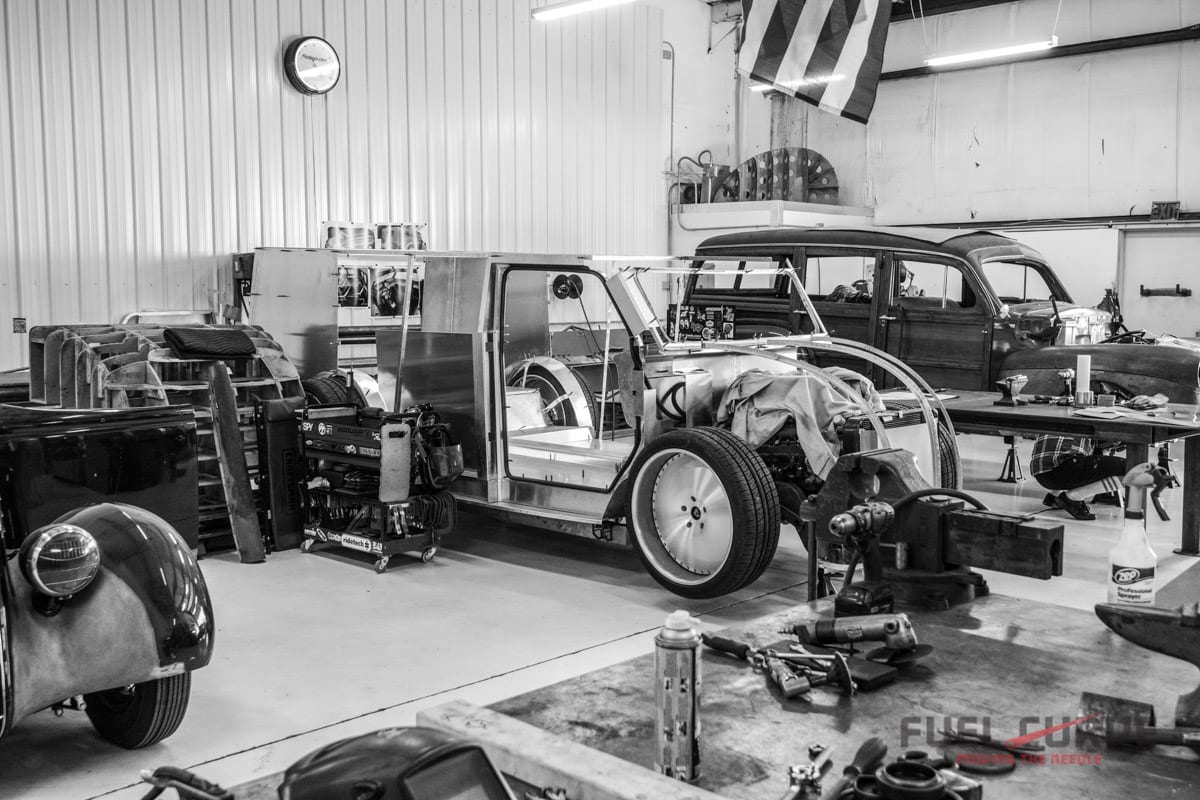
The skills learned along the way keep SaltWorks busy and on schedule, turning out top-quality work, whether it’s upgrading a powertrain or scratch-building a customer’s dream car.

“When I talk with customers about the budgets, we talk about timeframe and costs,” Thom says. “If a customer says they can’t afford what they want done, we tell them to come back when they have the money because we don’t want a car sitting around waiting for the owner to give us more money.”


When Tom meets with a customer, the discussion centers on what the customer wants, how much he has to spend to get there. Once that issue is resolved, the design process begins. Thom works with the customer and creates the end result in CAD. The goal is to have the customer more than satisfied with the finished car now and in the future.

Customer deposits are only necessary when parts need to be ordered to get the project started. Otherwise, Thom bills the customer regularly, depending on the customer and his relationship with the shop. “It works smoothly that way and everybody’s happy,” he says. Thom assigns one staffer to each project. That employee owns the project from start to finish.

“You (the staffer) know how everything works and you don’t have to play catch up,” Thom says. “You have to re-educate yourself to a project (when you’ve been away from it) and I don’t want to bill the customer for that.”

SaltWorks operates on a time-and-materials billing process. “We give estimates,” Thom says, “But we’re never doing the same thing twice” so it’s hard to give a precise estimate.

SaltWorks currently has a staff of six, but Thom is looking to hire a couple of more people. But finding candidates with the skills and passion is proving difficult, as it is for many shops across the country.
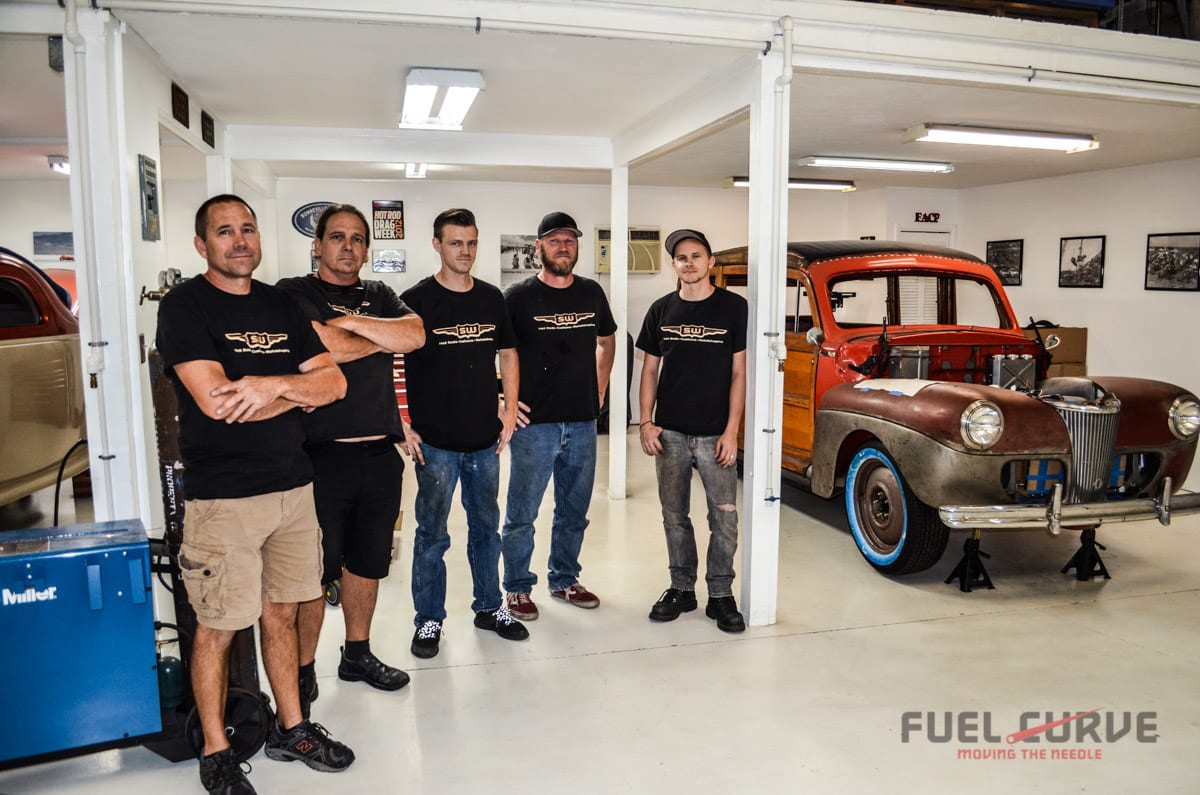
“I offer benefits – good pay, medical, vacation, 401k – and have every piece of equipment that you’d need, even for a shop this size,” Thom says. And, “we’re three miles from the beach,” he adds.

Current and recent projects illustrate the variety of jobs:
-A 1968 Caddilac convertible receiving a new powertrain, suspension and air conditioning.
-An early ’50 Chevy custom having the floorpan and firewall replaced.
-A Plymouth Road Runner.
-An older custom Zephyr needing an engine upgrade.
-A ’41 Ford woody getting a full build, including a Ford Cayote engine.
-And, a ground-up, scratch-build project loosely patterned after a vintage Divco van. This build features all hand-formed steel, resting on a custom Roadster Shop frame.
Staying connected to the local car scene is part of SaltWorks marketing strategy. Monthly cruise nights (except for a couple of months during the hot Florida summer) bring local enthusiasts to the shop on a Saturday. No trophies, just hanging out, perhaps with a little food and drink provided.

Once a year, though, Thom continues a special event that he started in Indiana. That event was a yearly Blanket Cruise in early December. Rodders met at his shop, drove to other locations in the area and finished back at the shop.

Cost to participate: A new or lightly used blanket that could be donated to local shelters. “The last year of the event in Indiana drew 400 cars on a cold December Saturday,” Thom says. The tradition continues now that SaltWorks is in Florida, but instead of blankets (not much need in Florida) rodders bring new men’s or women’s underwear that can be donated to shelters. Hence, the new name: The Skivvy Run.

Attention to detail, high-quality builds and hobby involvement are the three ingredients to the SaltWorks story.

